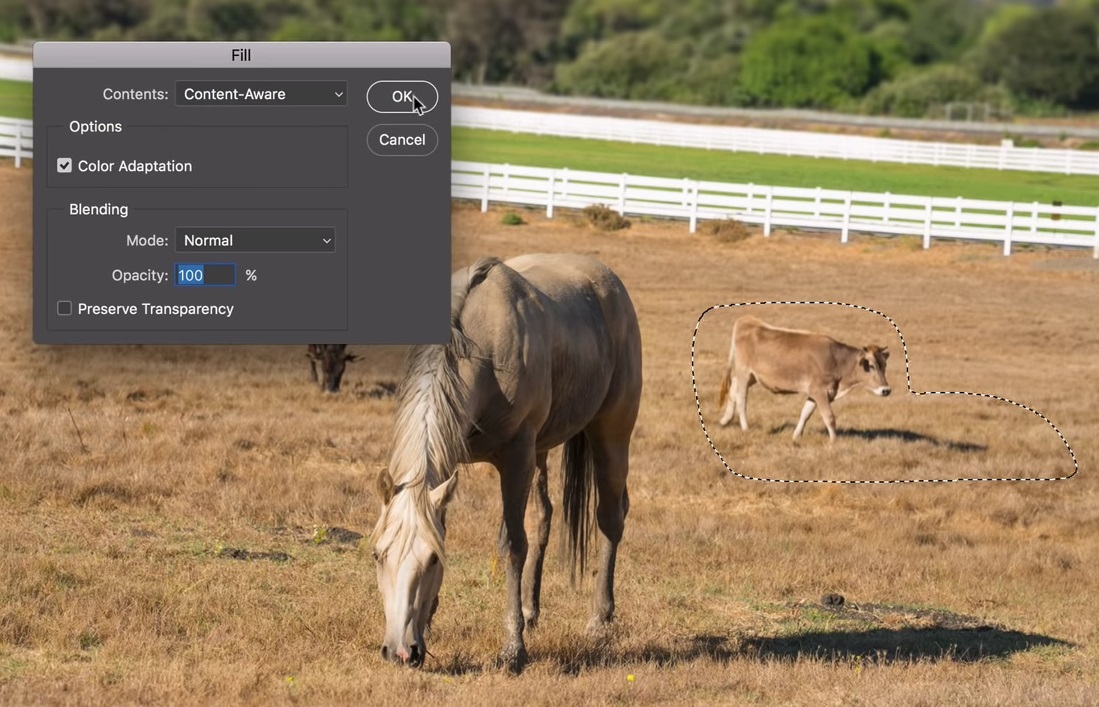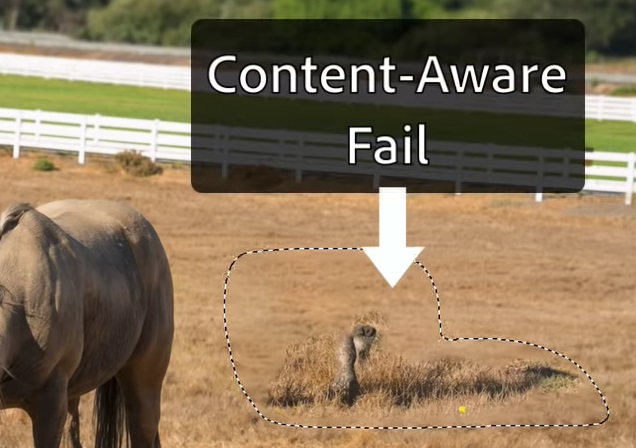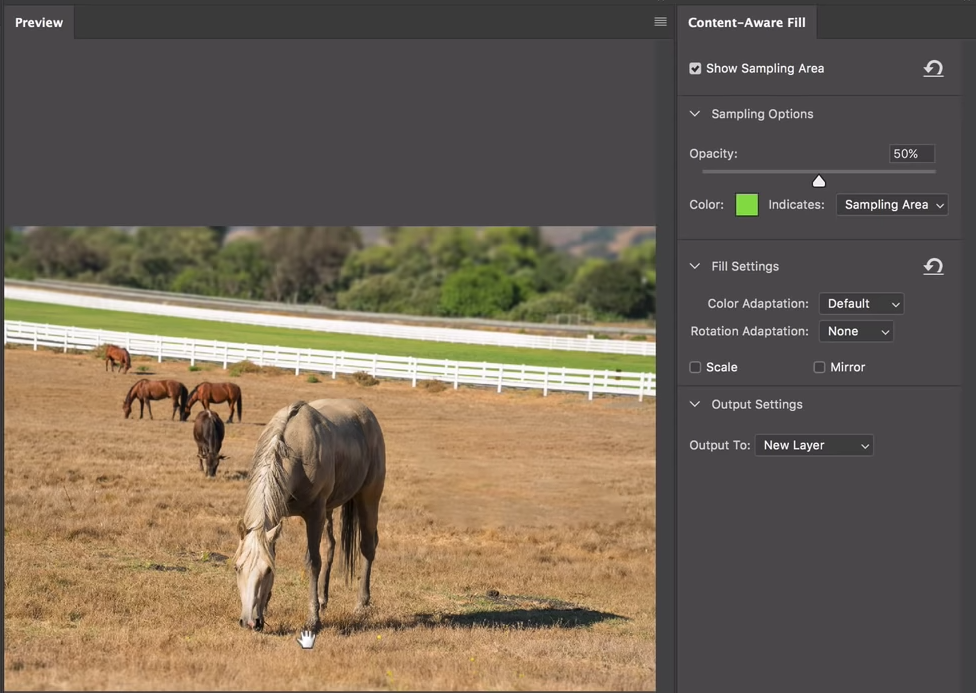Music
Trailers
DailyVideos
India
Pakistan
Afghanistan
Bangladesh
Srilanka
Nepal
Thailand
StockMarket
Business
Technology
Startup
Trending Videos
Coupons
Football
Search
Download App in Playstore
Download App
Best Collections
Technology

- Details
- Category: Technology
Read more: These 5 Women Are Using Blockchain To Empower Communities
Write comment (100 Comments)As the Gartner Hype Curve goes, from the peak of inflated expectations to the trough of disillusionment, so goes the founderemotional journey.
Most founders hit the trough sooner or later, the proverbial nadir of their startup life.
The companybusiness model undergoes the dreaded pivot. Teams dissipate and the foundation starts to fall apart. Startups die. Investors cut their losses and move on to the rosier pastures of their portfolio.
And what is often left is a depressed broken founder, dealing with the consequences of ‘crushing it&. But too often, its the founders psyche that gets crushed. Not much can be done about it but thatchanging.
Gartner Hype Curve: No emotional support needed
Several venture capitalists have now stepped in to address this challenge. The Felicis Ventures pledge to set 1% of investments aside to support founders development is a start. Brad Feld has been writing about his journey for years. Former investorJerry Colonna founded Reboot to find a way to help founders establish their own path of radical self inquiry.
When I reached Jerry to discuss founders emotional challenges, he invoked the compassionate kindness of a zen monk who has been dealing with wayward children for way too long. &A lot can be done but we need to start with changing the language around this subject,& he said.
From depression to dark angels
A prominent VC told me that &we are a blend of the dark and the light& and we need to respect both parts. I was not quite sure what he meant till I dug around and found the works of Carl Gustav Jung. Jung describes these are forces inside us & the light being the benevolent and the dark forces of greed, arrogance, self-delusion and hubris.
Jung pointed out that &the word &happy& would lose its meaning if it were not balanced by sadness.& As we are forced to face our dark side, we begin to come to terms with our challenges. And itonly then we can build our own compassion.
Those who have experienced the dark nights are able to emotionally empathize with founders, and help them become resilient. Just as a founder who has taken a company public can help a startup scale their business. Because Jung correctly said that &Knowing your own darkness is the best method for dealing with the darknesses of other people.&
This man of matter ……rose up too far in the world….(image and caption by Carl Jung. Source: &The Red Book&, circa 1930)
When we start to change the language around this subject, it can become safer and easier for founders to discuss their situation. Instead of saying &I am depressed& a different way could yet be &I&m facing dark times&. The goal is to not trivialize the magnitude of the problem, but to make it gentler in self expression and social acceptance. We are too sold on sunshine, but thatonly half of the equation.
With co-author (and friend) Brad Feld guidance, I am working on my third book tentatively titled &Depression: A Founders Companion& and am looking at ways of how (a) founders reflect and identify their dark nights (b) how founders endure these times and (c) how can society respond and serve them when they are at their emotional nadir.
Only if we understand these issues can we can serve each other well. If you know any founders who can share their anonymized insights with dark nights, please request them to fill this survey. It will take less than 10 minutes and can help us to collectively address these challenges.
So far, several founders have shared that the primary cause of concern is social stigma. VCs will abandon the investment, team members will see the CEO as a weak person or worse, they will try to behave differently. Even if someone musters up the courage to discuss their mental health, we as a society do not know how to handle this information. We run, hide or escape.
Often, we try to cheer up people with lame sentences or hijack the conversations by discussing our own stories. (Hint: Neither of these are effective). Not only do we need a new language, we need a new social framework. In this case, the overused VC cliche of &how can I help& is like a doctor asking the wounded patient, &so how can I treat you today&. I&ll let you guess how effective that approach can be.

Feel those feels & be vulnerable
Catherine Shuwrotein a postthat asking for help when you are depressed is one of the bravest things you can do. Asking for help makes you vulnerable, but it does not mean you are weak. It does not mean you are deficient.
Brad Feldwrites that&I encourage you to let yourself feel the emotions you are feeling.&
Ita line his wife Amy uses with him all the time: &Brad, feel your emotions. Don&t suppress them. Just feel them. Process them. And then reflect on what you are feeling. Any, more importantly, explore why you felt them. Itprobably uncomfortable. But itpart of being human. And, while tragic, we can learn from it to help ourselves, and help others.&
And Sam Altman, the former head of Y Combinatorhas weighed in on the subject,writing:
&… a lot of founders end up pretty depressed at one point or another, and they generally don&t talk to anyone about it. Often companies don&t survive these dark times.
Failing sucks—there is no way to sugarcoat that. But startups are not life-and-death matters—itjust work.
Most of the founders I know have had seriously dark times, and usually felt like there was no one they could turn to. For whatever itworth, you&re not alone, and you shouldn&t be ashamed.
You&ll be surprised how much better you feel just by talking to people about the struggles you&re facing instead of saying &we&re crushing it&. You&ll also be surprised how much you find other founders are willing to listen.&
These struggles are not unique, but they are individual. That said, the best way to overcome them is as a community and these early steps from investors should go a long way toward building that community.
- Details
- Category: Technology
Read more: Investors are waking up to the emotional struggle of startup founders
Write comment (92 Comments)Sure, 7-Elevennever been particularly well-known for being on the bleeding edge — expect, perhaps, in its quest to push the boundaries of human beverage consumption. Still, the Japanese-owned convenience mega-chain has been notably slow on the uptake of mobile payment technology.
The company announced today that it will finally be bringing Apple Pay and Google Pay to &most& of its U.S. stores, starting this month. Interestingly, Samsung beat its two major competitors to the Slurpee slinger — likely the two companies reached some sort of mutually beneficial exclusivity agreement to help push the Galaxy makerpayment system.
CEO Tim Cook announced earlier this summer that arrival at 7-Elevens was imminent, along with the CVS pharmacy chain.The addition of the payment options should go a ways toward helping mainstream this manner of mobile payment among many users. The company has more than 66,000 locations in 17 countries. The U.S. currently makes up about 14 percent of that market.
But where mobile payments have been associated with higher-scale retail outlets, the addition of a chain like 7-Eleven represents a more populous outreach among the more than three-quarters of Americans whocurrently own smartphones.
- Details
- Category: Technology
Read more: Apple and Google Pay are finally coming to 7-Eleven this month
Write comment (91 Comments)Elliot Shmukler, who joined Instacart in 2016 to lead product, is leaving the company to pursue a role at an early-stage company, TechCrunch has learned — and confirmed with the grocery delivery service.
Shmukler was brought on as the companyVP of product, but he&d recently transitioned into a new role, chief growth officer, before announcing his departure to staff.
A spokesperson from Instacart told TechCrunch that Shmukler confirmed his plans a month ago.
Shmukler is still with the company today and will stick around to help with the transition. Instacart did not provide an official timeline of his departure. Moving forward,Shmukleremployees will report to the companychief product officer David Hahn, who joined in May after serving as the VP of product at LinkedIn.
At Instacart,Shmukler led the product management, design, marketing andcatalog management teams.According to his LinkedIn profile, he helped expand the companysubscription delivery program, called Instacart Express. He helped transform Instacartgeographic expansion strategy, which resulted in the company making its service available to 70 percent of U.S. families as of August.And he helped the brand secure several of its key grocery partnerships, including with Kroger, Albertsons and ALDI.
Shmukler joined Instacart after three and a half years at Wealthfront, a financial planning startup where he was VP of product and growth. Before that, he held senior product roles at LinkedIn and eBay.
Led by founder and CEO Apoorva Mehta, Instacart is backed by Sequoia, Kleiner Perkins, Andreessen Horowitz and others. Having raised $350 million at a $4.3 billion valuation this year alone, an initialpublic offering is probably not in the cards just yet. For now, the company has to preparefor the long and hard battle ahead with the seemingly unstoppable duo that is Amazon and Whole Foods.
An earlier version of this story stated that Shmukler was leaving to pursue early-stage investing. TechCrunch has since learned Shmukler intends to pursue a role at an early-stage company.
- Details
- Category: Technology
Read more: Instacart’s chief growth officer Elliot Shmukler is leaving
Write comment (95 Comments)Samsung, naturally, would never be content to launch a regular old Tile competitor. The company just doesn&t roll like that. While the basic foundation of the SmartThings Tracker is similar to what Tile and a number of other startups offer, Samsungpacked all it can into the product.
The device tracker utilizes a combination of GPS to help locate lost products. The addition of LTE-M, meanwhile, means things like lost keys, backpacks and other belongings can be found through a much broader range of settings than standard Bluetooth-enabled products. That means, among other things, that tracking is easier to pinpoint indoors and below ground.
The device is compatible with Samsungexisting SmartThings app (kind of a catchall for all things Samsung IoT) for Android and iOS, offering, among other things, real-time tracking. Therealso a geofencing setting that lets the Tracker double as an arrival sensor to help trigger different smart home functionality when the wearer gets home. When attached to something like a dog collar, meanwhile, it will set a notification when a pet has crossed a certain barrier.
The product launches September 14 as an AT-T exclusive, with a Verizon version launching later in the year. Itnot exactly cheap, with a $99 price tag — though that includes 12 free months of LTE-M service. After that, it will run $5 a month — so that will add up pretty quickly.
- Details
- Category: Technology
Read more: Samsung launches an LTE-enabled Tile competitor
Write comment (92 Comments)Everyone went nuts for Adobe&content-aware fill& in Photoshop when it came out. The boring-sounding feature is in fact an incredibly useful tool, essentially an AI-powered clone stamp that intelligently brought in other pieces of the image to replace your selection. But it still failed in hilarious ways that only an AI is capable of. That should happen a lot less with the hot new tools Adobe is shipping soon.
Teased in a sneak peek video today, the new content-aware fill has a ton of new settings that shooters will love playing with. Photographers love tweaking things — thatjust a fact — and the more things they have to tweak, the better.
So, what used to look like this…
 …and would occasionally produce results like this…
…and would occasionally produce results like this…
 …now has a whole right-hand menu full of lovely options to choose from.
…now has a whole right-hand menu full of lovely options to choose from.
 The most important difference is certainly the ability to choose which parts of the image the filling agent samples when itlooking for stuff to put inside your lassoed area. If, as in the fail above, it decides to fill the field in with horse parts, you just exclude the horse from the agentconsideration with a few brush strokes. No need to be exact — the algorithm is smart enough to work without the handful of pixels that are casualties of overeager mousing.
The most important difference is certainly the ability to choose which parts of the image the filling agent samples when itlooking for stuff to put inside your lassoed area. If, as in the fail above, it decides to fill the field in with horse parts, you just exclude the horse from the agentconsideration with a few brush strokes. No need to be exact — the algorithm is smart enough to work without the handful of pixels that are casualties of overeager mousing.
The improved algorithm also lets you tell the algo that it should be liberal with rotation and scaling of the elements it uses, or that it should mirror-image the content it finds to make it fit better.
Lastly, you can output the fill to a new layer — non-destructive editing is critical to any digital artistworkflow. I can&t imagine why this wasn&t the case before.
Okay, so maybe some purists will scoff at those who use such heavy-handed means to fix a shot. But sometimes you have to go with the shot you&ve got, and sometimes thereone too many cows in it. So I at least appreciate the option to do some major alterations without the hassle of manual clone-stamping and other techniques.
The new updates are &coming soon,& so keep an eye out for updates to your client.
- Details
- Category: Technology
Page 4222 of 5614

 17
17





